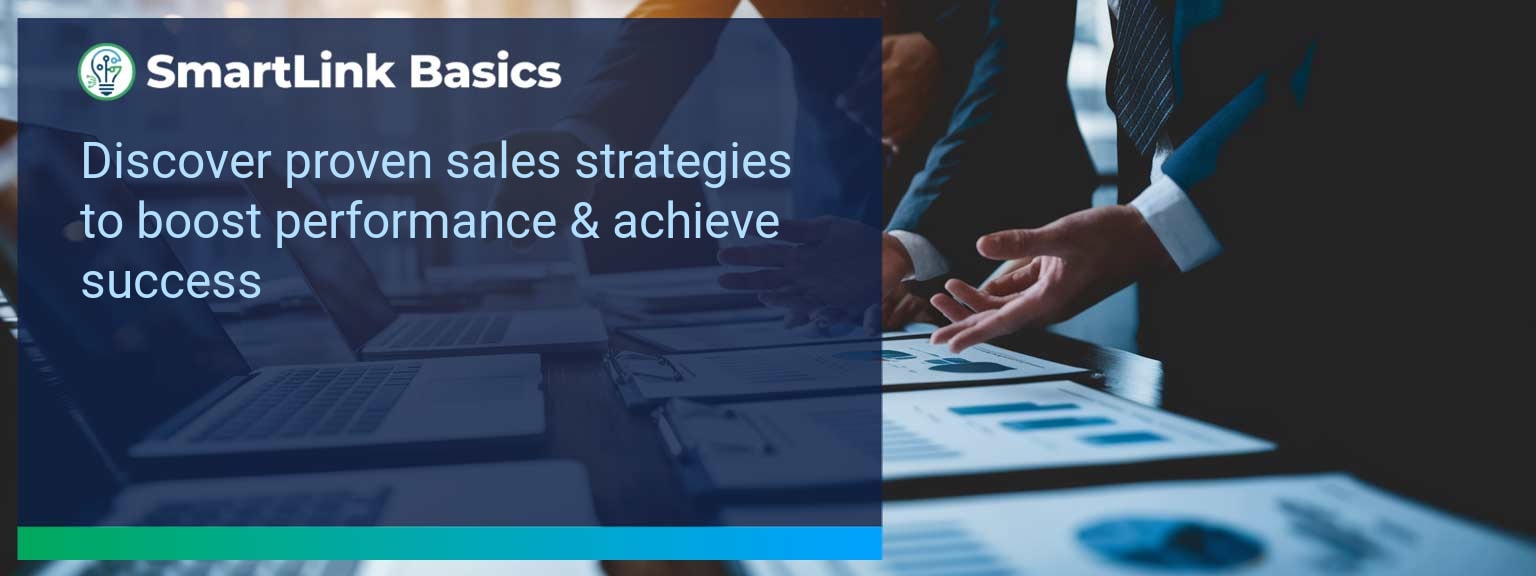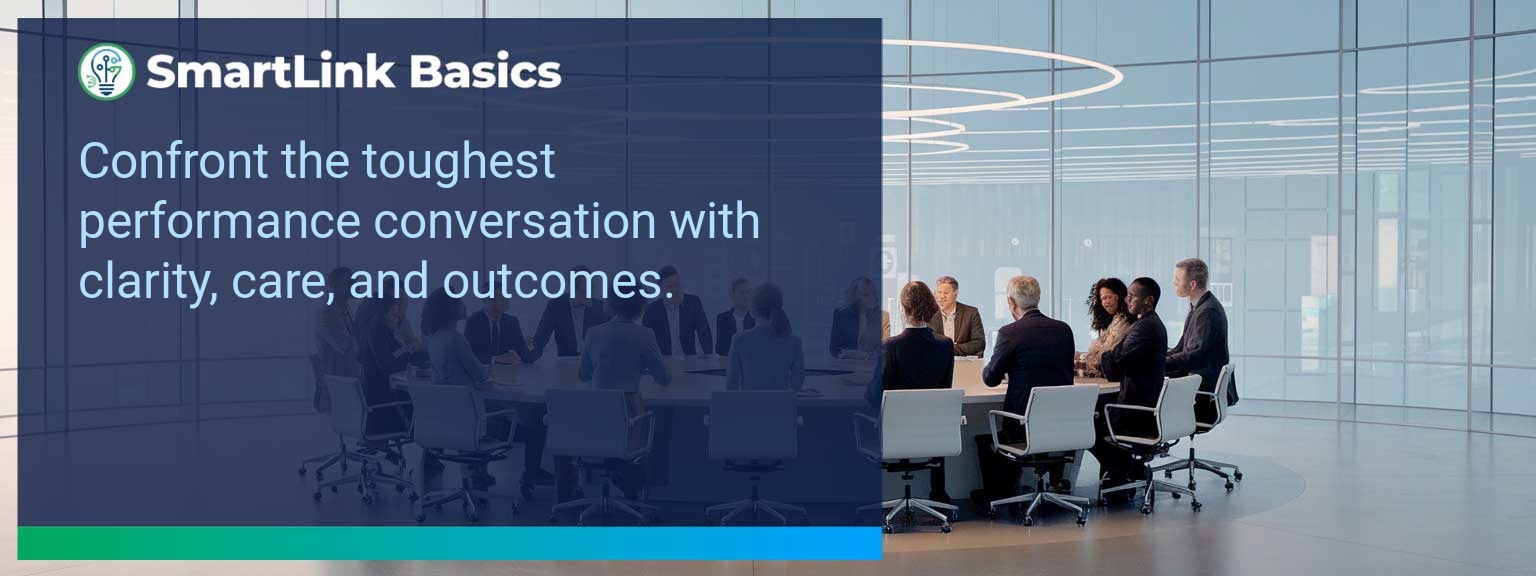Industry data shows that organizations adopting AI-driven automation achieve cost reductions of up to 30% while accelerating sales cycles by 20% or more (McKinsey, 2024). For sales leaders, AI automated workflows now define competitive advantage, enabling teams to reallocate time from repetitive tasks to high-value engagements. At SmartLink Basics, we help decision-makers implement these systems strategically, ensuring they integrate with existing revenue operations. In this article, you’ll see how AI automated workflows power business outcomes, the common obstacles that slow adoption, and practical steps to optimize processes. You’ll walk away with proven examples, a 90-day action blueprint, and measurable KPIs to track results.
- Automate repetitive administrative and CRM updates with AI.
- Integrate machine learning to personalize outreach at scale.
- Streamline approvals, quotes, and contract workflows for speed.
- Use predictive analytics to prioritize sales opportunities.
- Track adoption and performance with targeted metrics.
AI Automated Workflows: What Changed and Why It Matters
AI adoption has shifted from experimental to operational, making automated workflows a standard in high-performing sales organizations. The real advantage lies in combining workflow automation with artificial intelligence workflows to optimize every step of the revenue process. Sales leaders now use AI to synchronize touchpoints, reduce manual inputs, and ensure faster execution. For example, a B2B SaaS leader introduced automated lead enrichment and routing, cutting qualification time by 60%. Actionable insight: Audit processes for time-intensive handoffs and apply AI where repeatability is high.Redesign the Revenue Operating System With AI Automated Workflows
ICP, Segmentation, and Targeting AI-enabled segmentation uses historical wins, firmographic, and behavioral data to dynamically update ICP profiles. This ensures targeting precision without quarterly re-work. Pipeline Architecture Automated workflows push opportunities through the right stages based on engagement signals. AI flags at-risk deals for intervention. Plays and Messaging Integrated automation tools deliver personalized sequences based on buyer activity, increasing relevance at every touchpoint. Operating Cadence AI schedules follow-ups, forecast calls, and account reviews based on actual pipeline movement rather than static calendars. Actionable insight: Implement automation that adapts in real-time to both internal and buyer-driven events.Common Obstacles To Achieving Seamless Automation
The most frequent challenges are fragmented systems, inconsistent data quality, and cultural resistance. Without a unified data layer, automation amplifies errors rather than solving them. Coca-Cola Europacific Partners reported needing a full data governance upgrade before AI could improve sales workflows. Leaders must first assess infrastructure readiness and train teams to trust AI-influenced recommendations. Actionable insight: Before deployment, establish clean data practices and a single source of truth.Implementing AI To Optimize Workflows
Effective deployment of AI process optimization starts with mapping current-state processes, identifying friction points, and matching them with automation tools. For example, automating proposal generation based on CRM opportunity data can reduce turnaround from three days to one hour. Solutions combining business process automation platforms with machine learning integration enable continuous performance improvement. Actionable insight: Pilot in one high-impact stage, measure, and then expand.Tangible Benefits From Automated Processes
The benefits extend beyond time savings — sales leaders gain a scalable system. Tangible outcomes include faster quote-to-close, higher lead conversion, and better forecast accuracy. A manufacturing firm implemented AI-assisted order processing and cut errors by 40%, improving on-time delivery rates. Actionable insight: Track both speed and accuracy to measure workflow automation effectiveness.Metrics That Matter
| Category | Metric | Definition | Target |
|---|---|---|---|
| Leading | Workflow Completion Rate | % of automated sequences executed without manual intervention | 95%+ |
| Leading | AI Suggestion Adoption Rate | % of AI-generated action recommendations executed by reps | 80%+ |
| Lagging | Cycle Time Reduction | Decrease in time from lead entry to closed-won | 20%+ |
| Lagging | Revenue Per Rep | Average sales revenue generated per sales rep per quarter | +15% YoY |
| Quality | Automation Error Rate | % of workflows that trigger incorrect outcomes | <1% |
| Quality | Customer Satisfaction Post-Automation | Average CSAT score after automation implementation | ≥ 4.5/5 |
Innovations And Next Steps For AI Automation
Emerging capabilities like AI-generated playbooks, intent-driven dynamic routing, and integrated AR for virtual product demos are shaping the next wave of sales automation. Companies integrating these tools early will outpace competitors in speed and personalization. Actionable insight: Stay ahead by testing emerging automation features quarterly and aligning them with evolving buyer expectations.Get the 90-day plan, coaching rubric, and dashboard template to operationalize AI in your enablement program.
Turning AI Automation Into a Revenue Multiplier
AI automated workflows are now a strategic lever for predictable, scalable growth. This guide outlined current applications, adoption challenges, a 90-day execution plan, and measurable success criteria. To make automation pay off, sales leaders should integrate tools into one cohesive operating system and review results monthly for continuous improvement. Access more AI-driven sales enablement resources from SmartLink Basics to design a high-performance automation strategy. Effective sales leadership shapes the way organizations find, win, and retain customers. According to CSO Insights, world-class sales organizations achieve win rates nearly 15% higher than average, primarily because they integrate prospecting, closing, and negotiation into a unified approach. At SmartLink Basics, we see clear evidence that disconnected sales efforts lead to reduced performance and fractured client relationships. This guide outlines how to align prospecting discipline, closing strategy, and negotiation skill into a repeatable model that strengthens both revenue and trust. You will learn how to identify process gaps, implement leadership-driven improvements, and measure results to ensure long-term growth. With the right framework, your sales team can consistently hit targets and maintain strong, profitable partnerships.- Align prospecting, closing, and negotiation under one leadership vision.
- Identify and close gaps in sales process execution.
- Set clear operating cadence for consistent pipeline momentum.
- Use targeted metrics to measure client retention and growth.
- Continuously refine strategies based on market and buyer shifts.
Identifying Common Sales Process Gaps
Many sales teams operate with strengths in one stage of the process yet weaknesses in others. Leaders often discover that strong prospecting isn’t translating into high close rates or that successful negotiation doesn’t lead to renewal and expansion. A typical gap occurs when sales performance metrics focus only on quarterly revenue without tracking the health of early-stage opportunities. Another is the lack of standardized negotiation frameworks, leaving reps to improvise. For example, a SaaS firm saw its win rate drop 12% because follow-up communication after proposal submission was inconsistent. Addressing this required a defined cadence for client engagement pre- and post-close. Actionable insight: Audit each sales stage separately, measure conversion between stages, and create leadership interventions where metrics lag.Implementing Effective Leadership Tactics in Sales Management
Sales leadership must align structure, process, and coaching for results. Start with a clear Ideal Customer Profile (ICP) to ensure prospecting time is focused on accounts most likely to convert. Linking segmentation to revenue forecasts keeps the team grounded in achievable targets. Design pipeline architecture that balances top-of-funnel activity with middle- and late-stage conversion pacing. This creates predictability and eases closing pressure. For example, a manufacturing supplier increased quarterly revenue by 18% by implementing a three-tier client engagement plan—dedicated outreach for high-value prospects, automated touchpoints for mid-value, and selective follow-ups for low-value. Actionable insight: Create one-page playbooks for prospecting, closing, and negotiation so the team applies consistent methods across all deals.Achieving Stronger Client Connections Through Relationship Building
Long-term relationships depend on how sales teams interact beyond the initial close. Building credibility requires timely follow-ups, delivering value in every touchpoint, and positioning the sales rep as a trusted advisor. Sales leaders should embed client feedback loops into account management to spot potential churn before signals escalate. These loops can include quarterly business reviews and post-implementation check-ins. A case in point: An enterprise software vendor reduced churn from 14% to 7% within one year by initiating structured post-sale communication led by account managers rather than customer service alone. Actionable insight: Assign relationship-maintenance KPIs, such as Net Promoter Score tracking and expansion opportunity identification, directly to the sales team.Evolving Strategies For Sustained Growth in Sales Leadership
Markets, buyer expectations, and competitive landscapes change faster than most sales playbooks are updated. Sustaining growth requires leadership to proactively test and adapt tactics rather than relying on historical success. Introducing quarterly strategic reviews allows sales leaders to align future targeting, revise messaging, and adjust negotiation frameworks to current buyer realities. For example, a B2B logistics provider restructured pricing negotiation training after competitive analysis revealed new buying patterns, resulting in a 10% uplift in deal margins. Actionable insight: Implement a structured review cycle for your sales strategy, ensuring changes are data-driven and communicated across the entire team.Metrics That Matter
| Category | Metric | Definition | Target |
|---|---|---|---|
| Leading | Qualified Opportunities | Number of sales-qualified leads entering pipeline | +15% per quarter |
| Lagging | Win Rate | Closed-won deals as a percentage of proposals sent | 40%+ |
| Quality | Client Retention Rate | Percentage of existing clients retained year over year | 90%+ |
Get the 90-day plan, coaching rubric, and dashboard template to operationalize AI in your enablement program.









